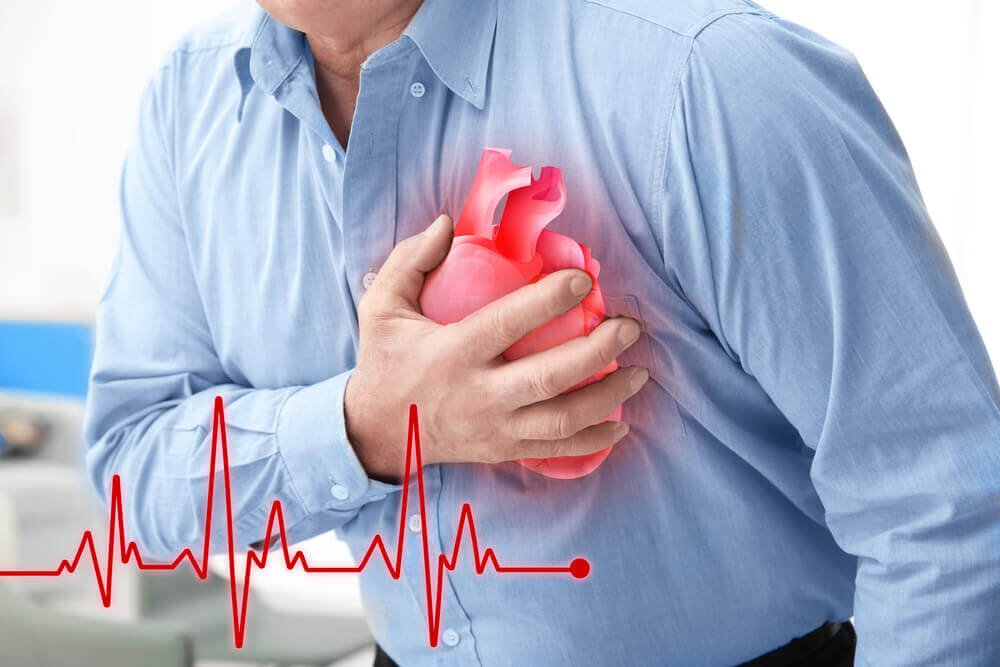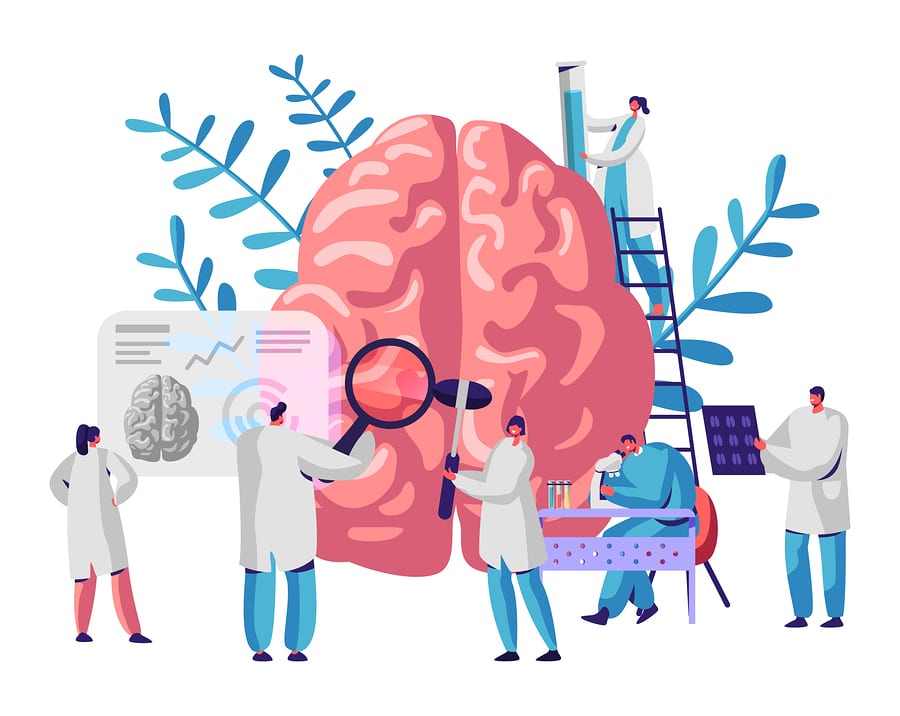You are planning to buy insurance policy for critical illness cover Malaysia should you ever be inflicted by one. It is as important as life insurance since being critically ill can be just as financially stressful, especially if you have or are living with your family. At one point, you may be confused as to which illness can be exactly considered critical.
A critical illness insurance covers illnesses that are fatal enough to prevent you from working or normally going about life, therefore threatening the financial well being of you and your family. There are many kinds of fatal illnesses, but here are some that are common among people, and may affect you too if you are unlucky.
Heart attack

One of the most common causes of death, and it isn’t limited to old age as victims in their middle ages could be inflicted too. It happens when there isn’t enough blood for a part of your heart muscle. Coronary artery disease (CAD) is the main culprit, which occurs when your heart’s artery walls are gradually narrowed by buildups of cholesterol deposits.
Noticeable symptoms include chest pains, feeling weak or faint, pain in other areas including the back, jaw, neck and one or both arms or shoulders and shortness of breath, which can happen prior to chest pains.
In Malaysia, the risk factors of a heart attack are smoking, high blood pressure and cholesterol, physical inactivity and others such as obesity.
Cancer
Another deadly umbrella of illnesses and one of the biggest contributors to death. When some cells grow to the point they are out of control and spread to other parts of your body where they shouldn’t belong, cancer occurs.
The most common forms of cancers are lung, stomach, breast, skin, prostate, colon and rectum cancers. The risk factors of the umbrella include tobacco uses, alcohol consumption, unhealthy eating, physical inactivity and air pollution.
Through early diagnosis and screenings, cancer can be detected early and are likely more responsive to treatments, thus increasing the chance of surviving one.
Stroke

Stroke is what happens when your brain cannot receive sufficient blood and oxygen due to ruptured or clogged blood vessels, which carry both oxygen and nutrients to the organ. Because your brain is a complex mothership to your numerous body functions, that part will not work as it should when blood flow cannot reach a region of the brain that controls a particular function.
If the left brain is inflicted by stroke, for example, the right side of the body would be paralyzed and you have trouble speaking. You will also act more cautiously and slowly, and your memories may not be intact.
Stroke effects vary, depending on the affected region and how much of the brain tissue is affected. If the brain stem is severely affected, you will feel like a statue because both sides of the body will be paralyzed. You are unable to talk or move anything below your neck.
Diabetes
If you are the type that frequently eats sugar, you should reduce or stop eating them at all. Excess sugar, also known as glucose, in the blood can lead to serious health issues, and diabetes is prevalent. You might argue that sugar is a source of energy, which is true as it converts into so upon entering your cells.
But to gain entry into them, glucose needs insulin. This hormone is produced in the pancreas. The more you eat, the more insulin is released. Not enough insulin can prevent glucose from doing the job either because the pancreas is damaged or gained resistance to insulin action.
You are planning to buy insurance policy for critical illness cover Malaysia should you ever be inflicted by one. It is as important as life insurance since being critically ill can be just as financially stressful, especially if you have or are living with your family. At one point, you may be confused as to which illness can be exactly considered critical.
A critical illness insurance covers illnesses that are fatal enough to prevent you from working or normally going about life, therefore threatening the financial well being of you and your family. There are many kinds of fatal illnesses, but here are some that are common among people, and may affect you too if you are unlucky.
Heart attack
One of the most common causes of death, and it isn’t limited to old age as victims in their middle ages could be inflicted too. It happens when there isn’t enough blood for a part of your heart muscle. Coronary artery disease (CAD) is the main culprit, which occurs when your heart’s artery walls are gradually narrowed by buildups of cholesterol deposits.
Noticeable symptoms include chest pains, feeling weak or faint, pain in other areas including the back, jaw, neck and one or both arms or shoulders and shortness of breath, which can happen prior to chest pains.
In Malaysia, the risk factors of a heart attack are smoking, high blood pressure and cholesterol, physical inactivity and others such as obesity.
Cancer
Another deadly umbrella of illnesses and one of the biggest contributors to death. When some cells grow to the point they are out of control and spread to other parts of your body where they shouldn’t belong, cancer occurs.
The most common forms of cancers are lung, stomach, breast, skin, prostate, colon and rectum cancers. The risk factors of the umbrella include tobacco uses, alcohol consumption, unhealthy eating, physical inactivity and air pollution.
Through early diagnosis and screenings, cancer can be detected early and are likely more responsive to treatments, thus increasing the chance of surviving one.
Stroke
Stroke is what happens when your brain cannot receive sufficient blood and oxygen due to ruptured or clogged blood vessels, which carry both oxygen and nutrients to the organ. Because your brain is a complex mothership to your numerous body functions, that part will not work as it should when blood flow cannot reach a region of the brain that controls a particular function.
If the left brain is inflicted by stroke, for example, the right side of the body would be paralyzed and you have trouble speaking. You will also act more cautiously and slowly, and your memories may not be intact.
Stroke effects vary, depending on the affected region and how much of the brain tissue is affected. If the brain stem is severely affected, you will feel like a statue because both sides of the body will be paralyzed. You are unable to talk or move anything below your neck.
Diabetes
If you are the type that frequently eats sugar, you should reduce or stop eating them at all. Excess sugar, also known as glucose, in the blood can lead to serious health issues, and diabetes is prevalent. You might argue that sugar is a source of energy, which is true as it converts into so upon entering your cells.
But to gain entry into them, glucose needs insulin. This hormone is produced in the pancreas. The more you eat, the more insulin is released. Not enough insulin can prevent glucose from doing the job either because the pancreas is damaged or gained resistance to insulin action.
The symptoms you will experience as a diabetic person includes being constantly tired, losing weight for unexplained reasons, frequently urinating, especially at night, blurred vision, excessive thirst, itching and skin infections on your genitals, numbness or burning sensations in your limbs and slow healing of your cuts and wounds.










Recent Comments